Corn and soybean fungicide applications are crucial tools that help growers minimize loss from yield-robbing diseases like tar spot and southern rust. In the same pass, growers can also enhance nutrient uptake and plant tolerance to abiotic stresses, such as heat, by adding TERRAMAR to the tank mix.
In a recent corn trial conducted in Sullivan County, Indiana, a grower split an 80-acre field, treating half the field with his normal fungicide (Veltyma) at the VT growth stage and the other half with the same fungicide treatment plus 1 quart per acre of TERRAMAR.
At harvest, there was a clear difference between the two halves of the field. On the TERRAMAR-treated half, the plants looked overall healthier compared to the plants on the untreated half. The grower also reported that they stood better and didn't lean as much after the fields experienced some strong winds. At harvest, the half treated with TERRAMAR had a +12 bu/acre yield advantage and was 1.5 points drier compared to the untreated half.
Casey Holder, Location Manager of Nutrien Ag Solutions in Shelburn, Indiana, served as a crop consultant on the trial. "To think, he gained that much yield and profit on top of the corn being drier which saved him money at the bins...it was a huge success," he says. "Now we treat almost every acre of corn and beans with TERRAMAR. Most of my customers apply a quart during their post herbicide pass as well as another quart at fungicide timing."
Similar results have been seen in soybeans when TERRAMAR is applied with a fungicide, such as in this trial from Oakland City, Indiana, showing a yield improvement of +12 bu/acre when TERRAMAR was added to the grower's standard soybean fungicide application.
There are several reasons why TERRAMAR complements a fungicide application so well. First, TERRAMAR has been shown to increase photosynthesis and nutrient uptake. It also increases sucrose production, which typically leads to a yield increase. In addition, TERRAMAR increases transpiration and decreases the crop canopy temperature, helping the crop to better tolerate stresses caused by heat and dry conditions, which can be common in summer when fungicide applications go out.
Learn more by downloading the TERRAMAR corn and soybean study.





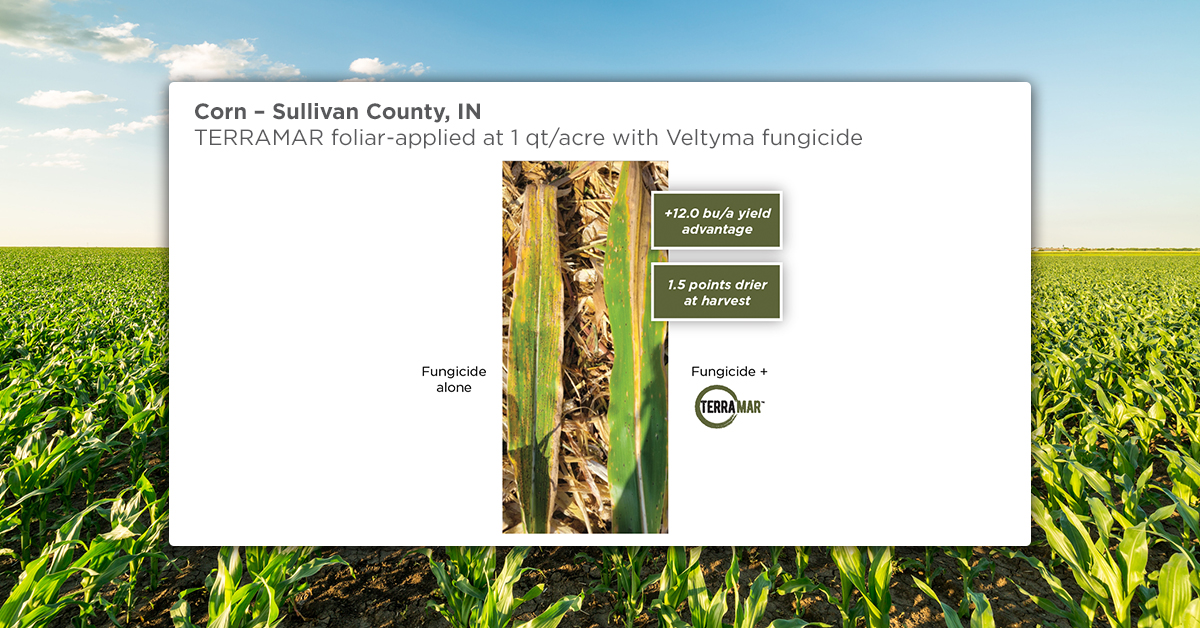
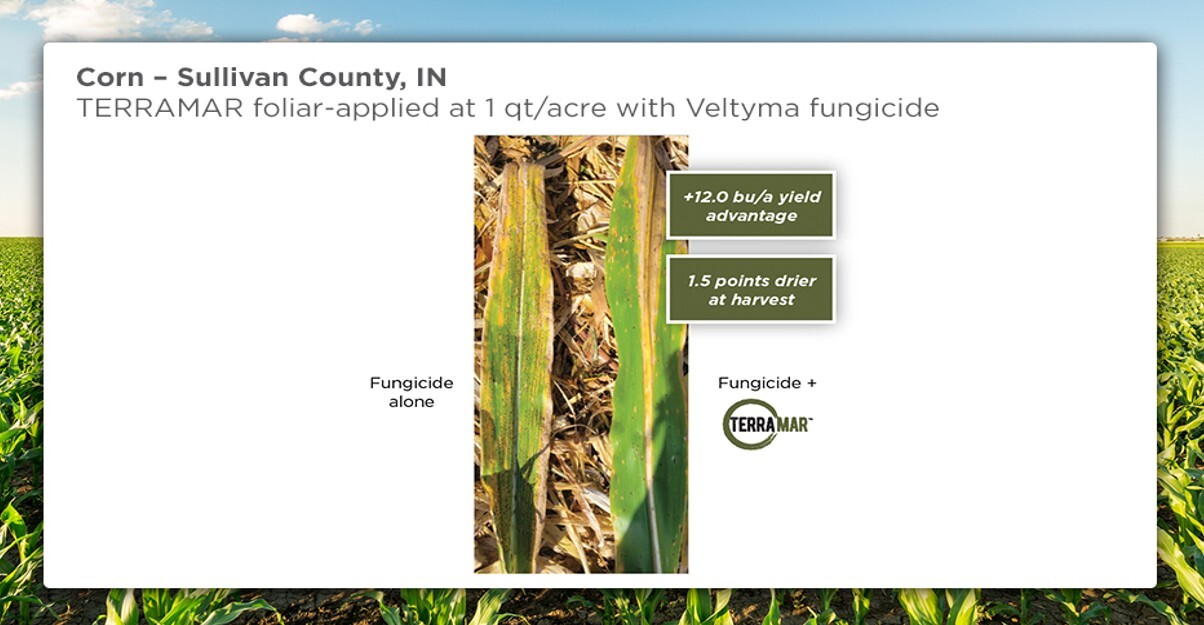
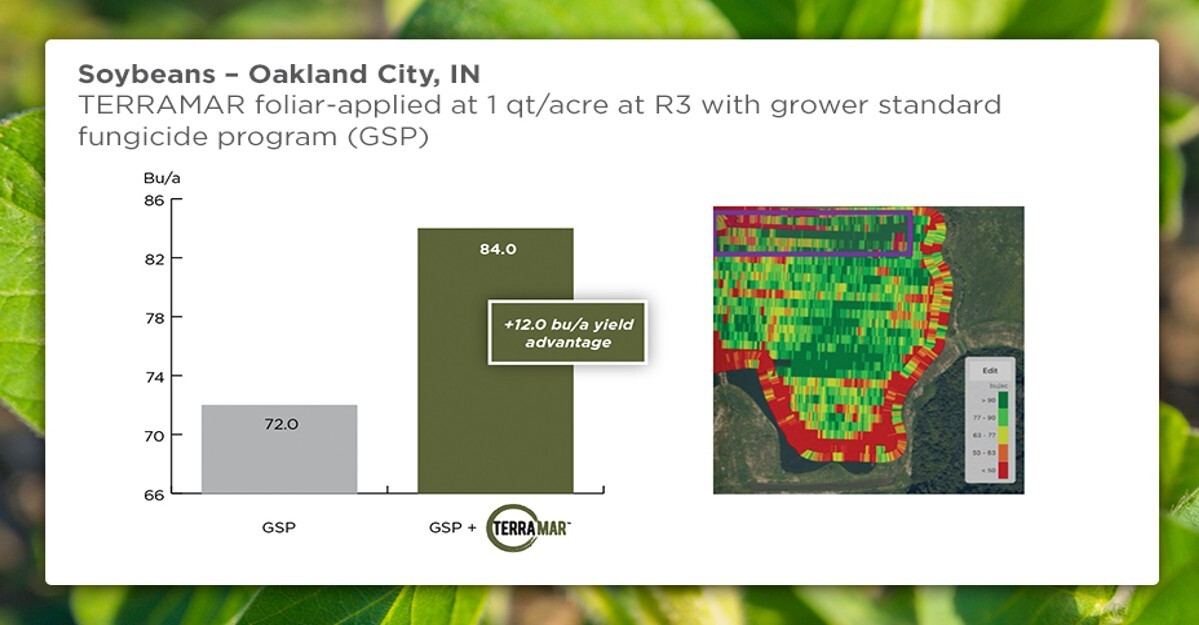

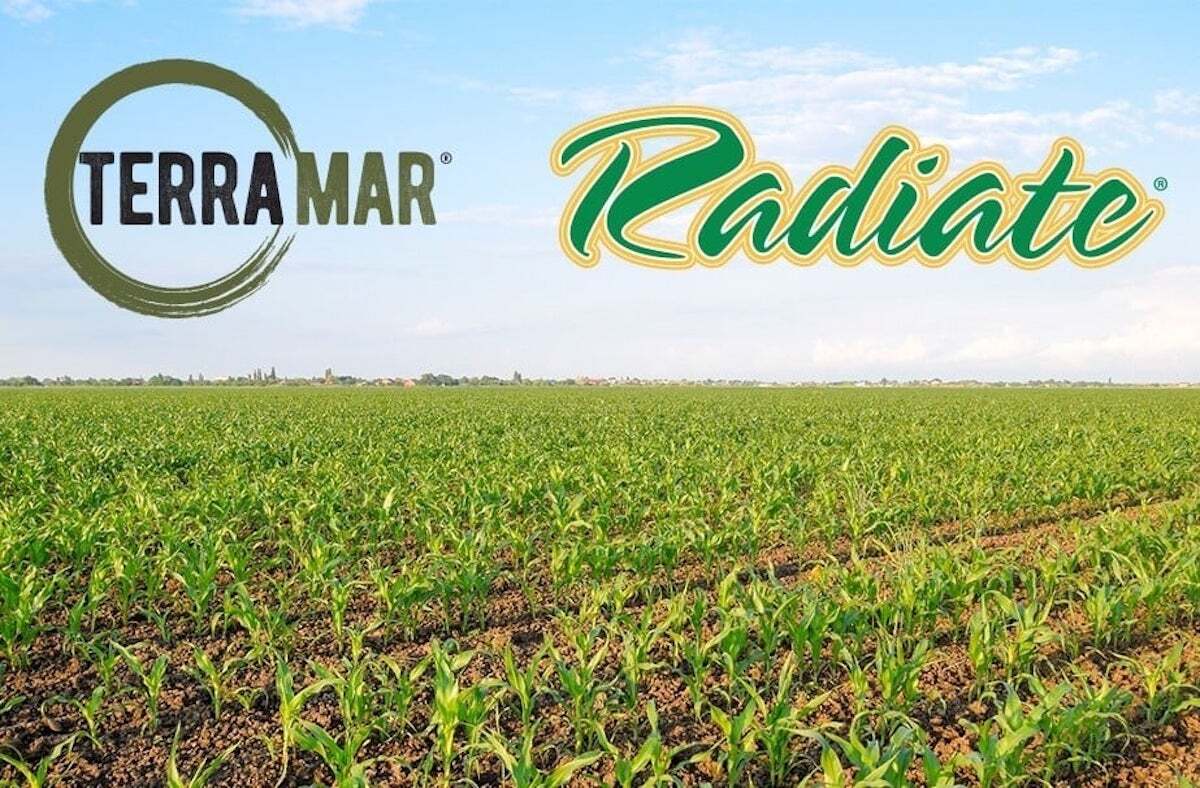
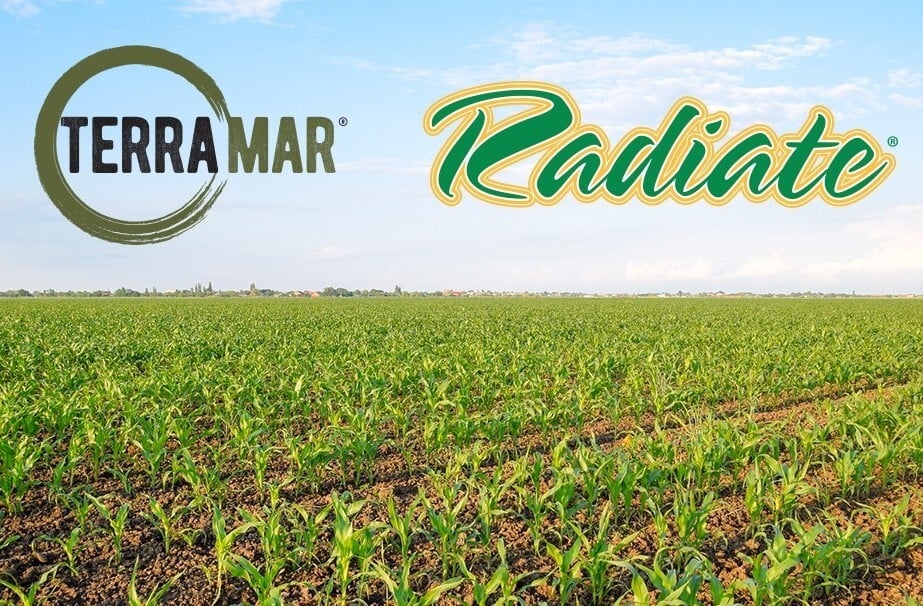 This spring, many growing areas of the United States are coming off an extended period of cooler-than-normal temperatures.
This spring, many growing areas of the United States are coming off an extended period of cooler-than-normal temperatures. 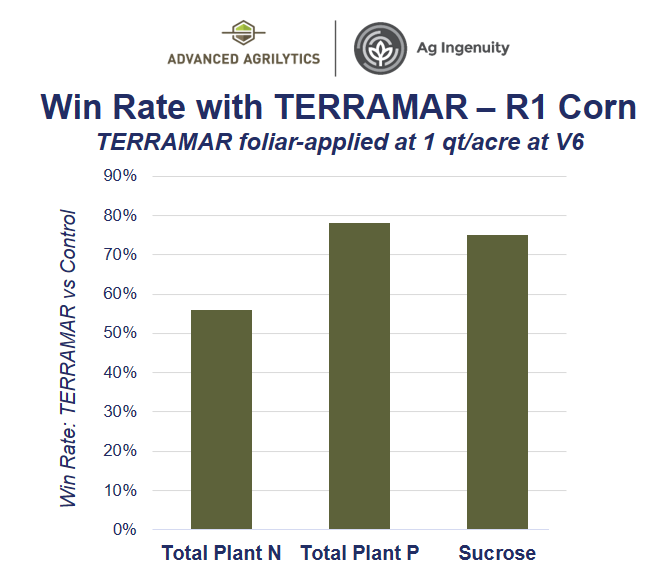

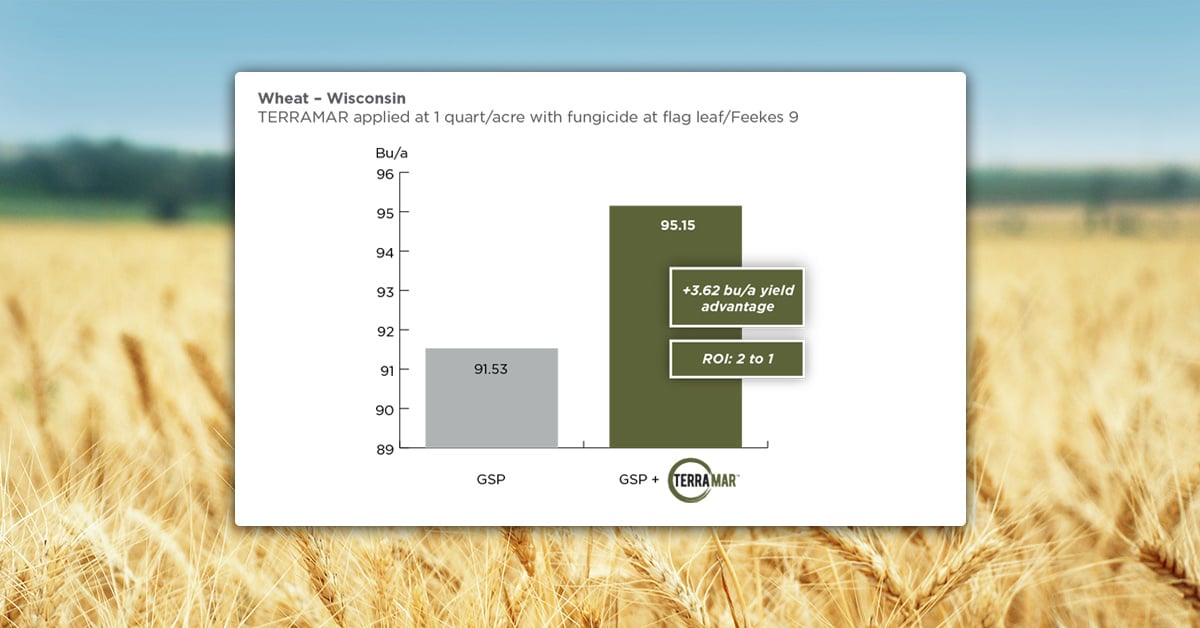
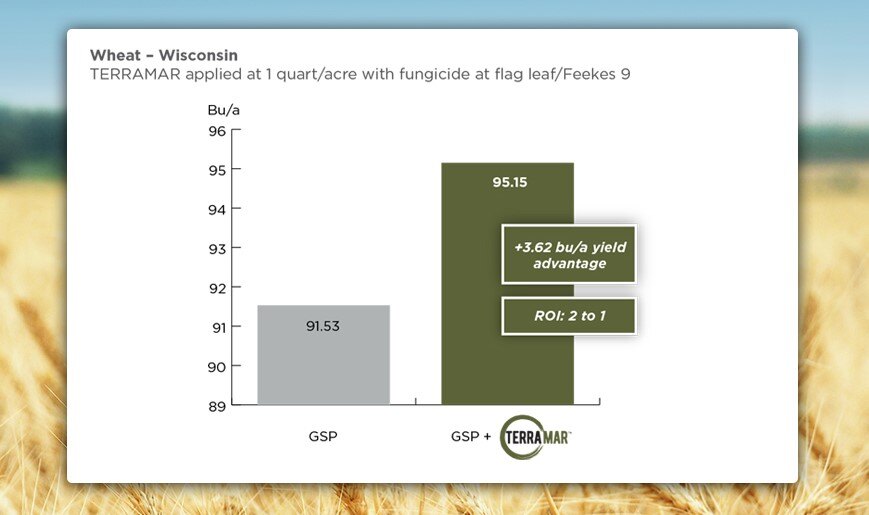
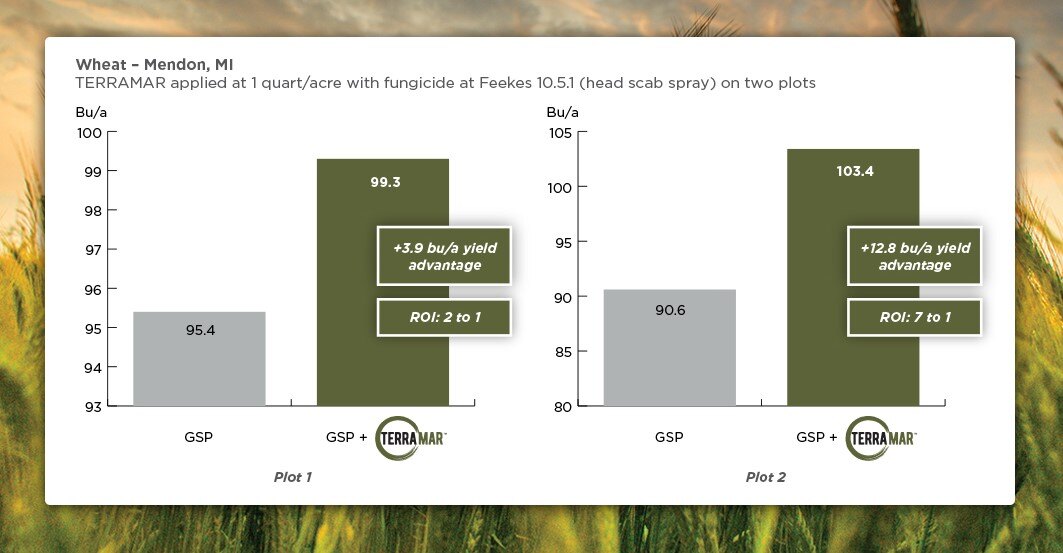
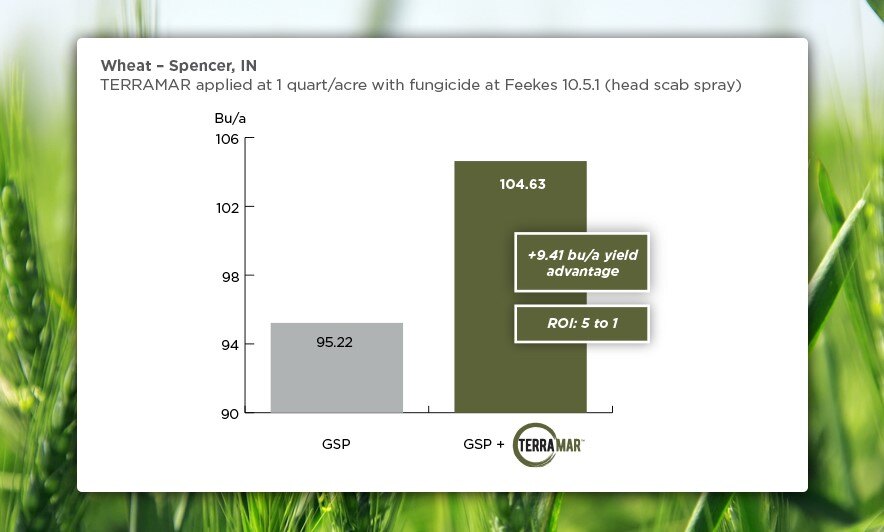
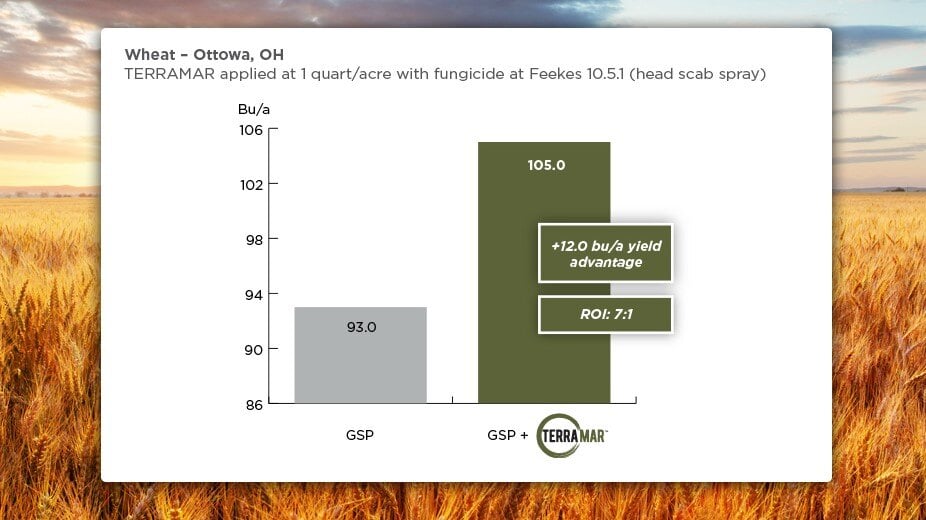
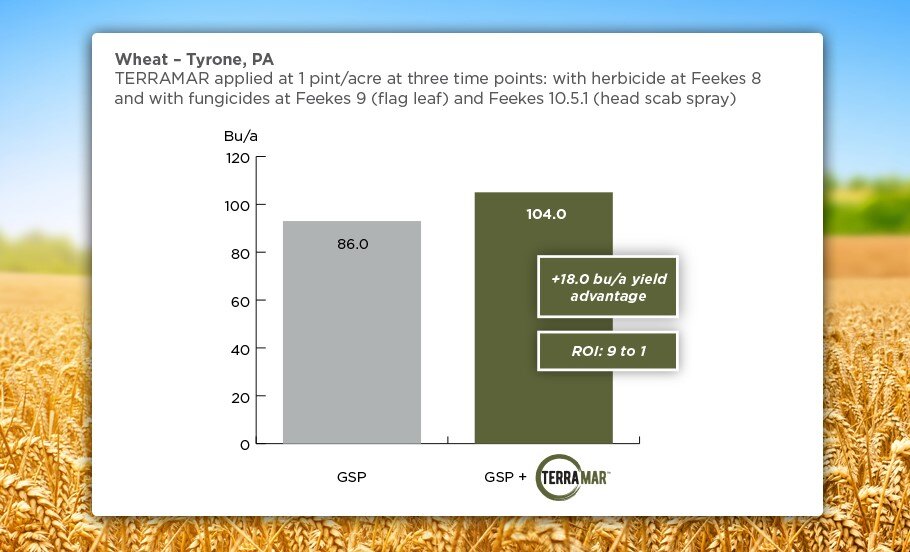

![[Corn Trial] Lower Canopy Temperatures & Greater Nutrient Uptake with TERRAMAR](https://www.agricen.com/hubfs/Terramar-tissue-samples-1200px.jpg)
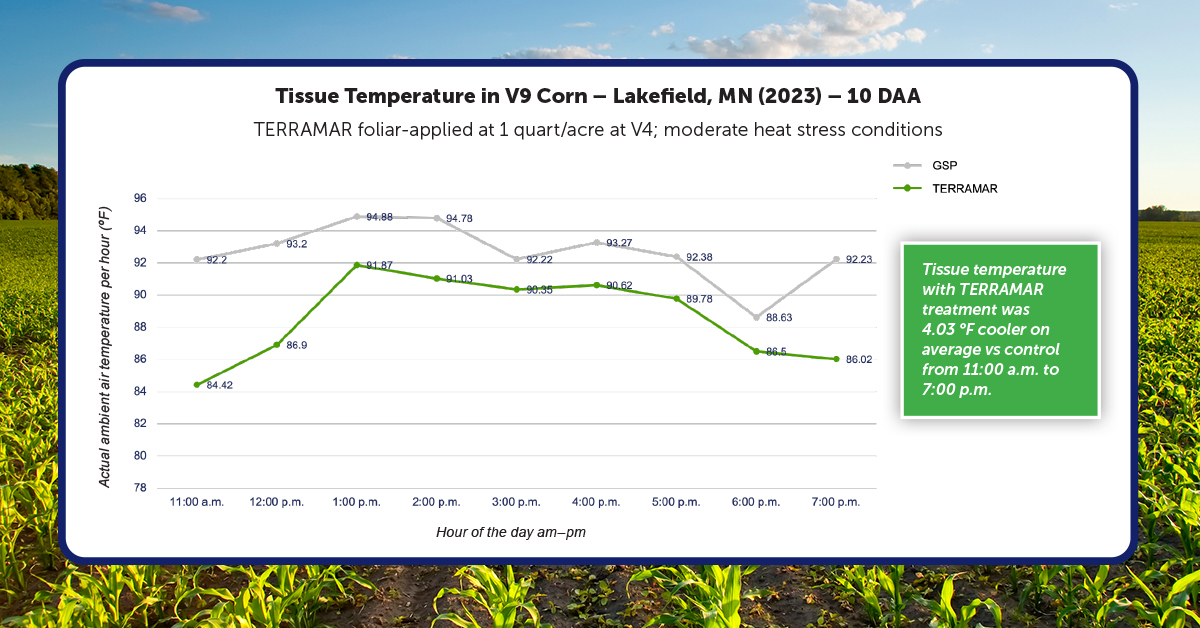

![[Interview] Addressing Weather-Induced Crop Stress](https://www.agricen.com/hubfs/Interview-weather-stress.jpg)
 As growers finish putting this year’s crop in the ground, Agricen’s Scott Lay spoke with WITY Radio’s Dennis Michelsen about
As growers finish putting this year’s crop in the ground, Agricen’s Scott Lay spoke with WITY Radio’s Dennis Michelsen about 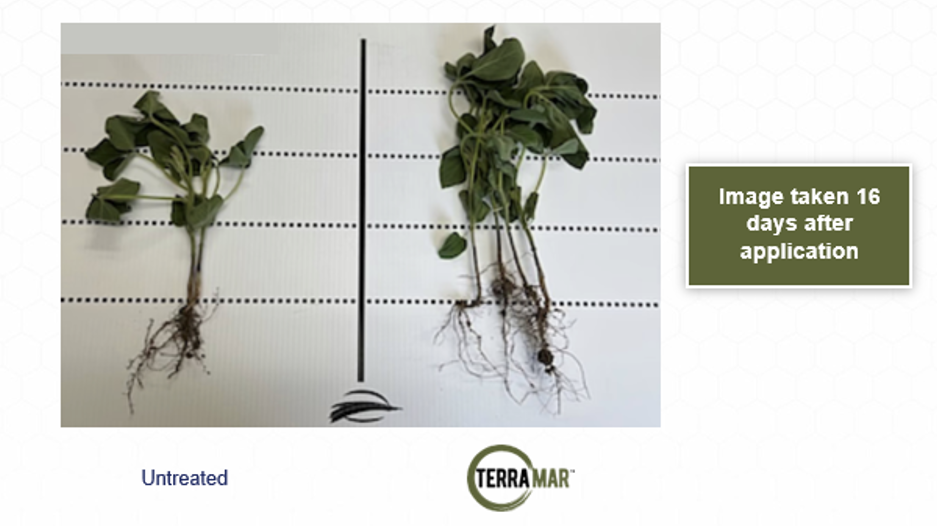
 Many agricultural areas across the United States are facing weather-related challenges, but there are still opportunities to make the most
Many agricultural areas across the United States are facing weather-related challenges, but there are still opportunities to make the most 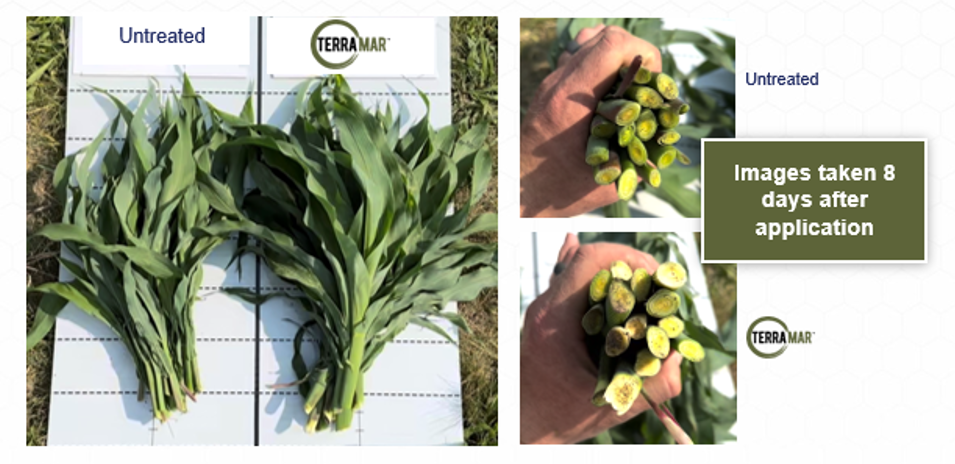
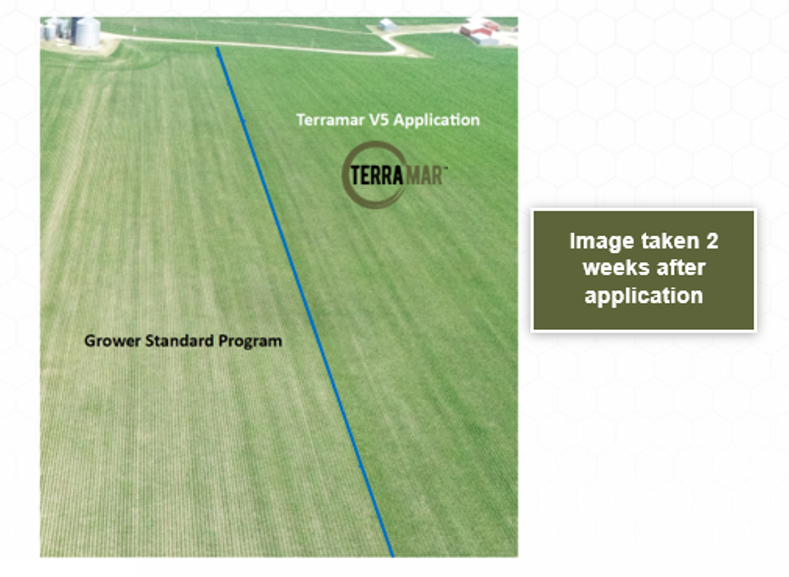
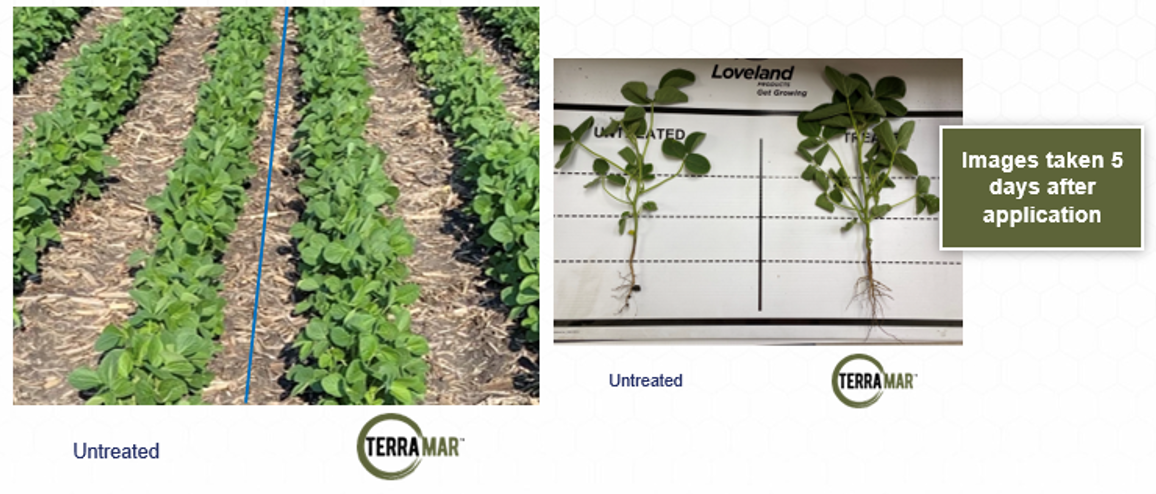
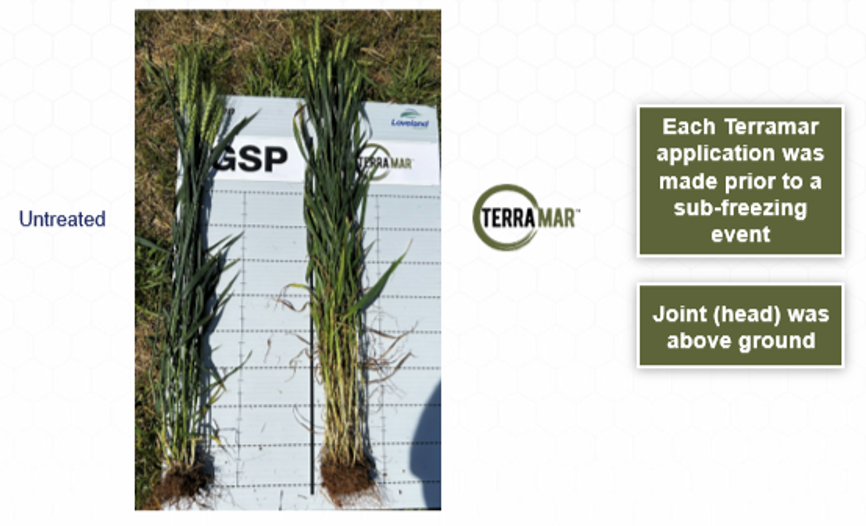
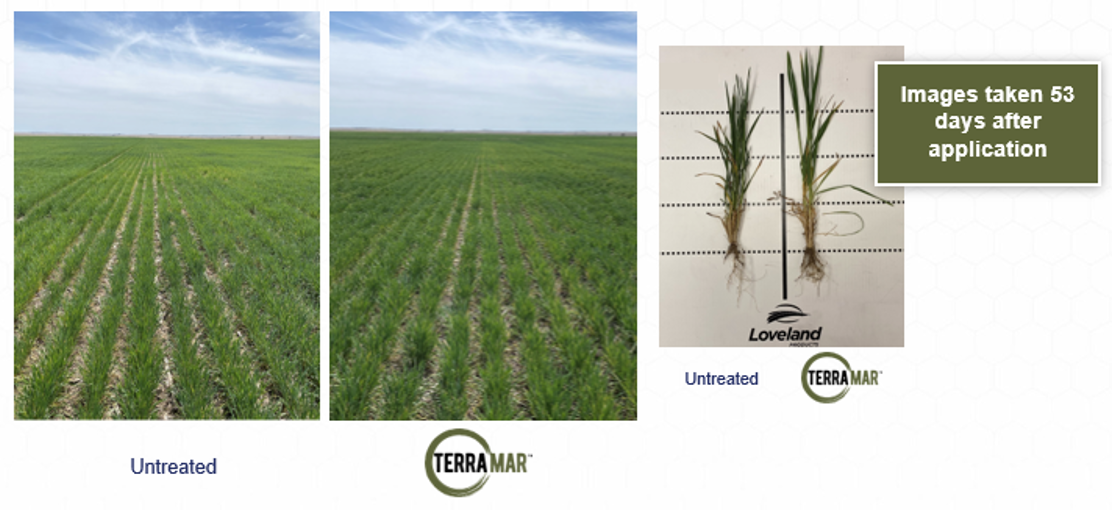
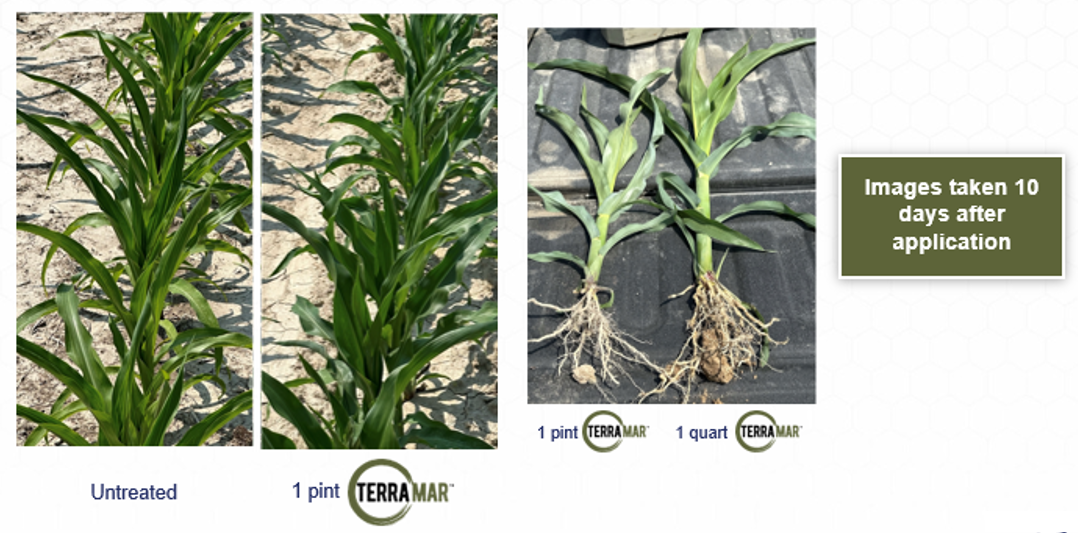
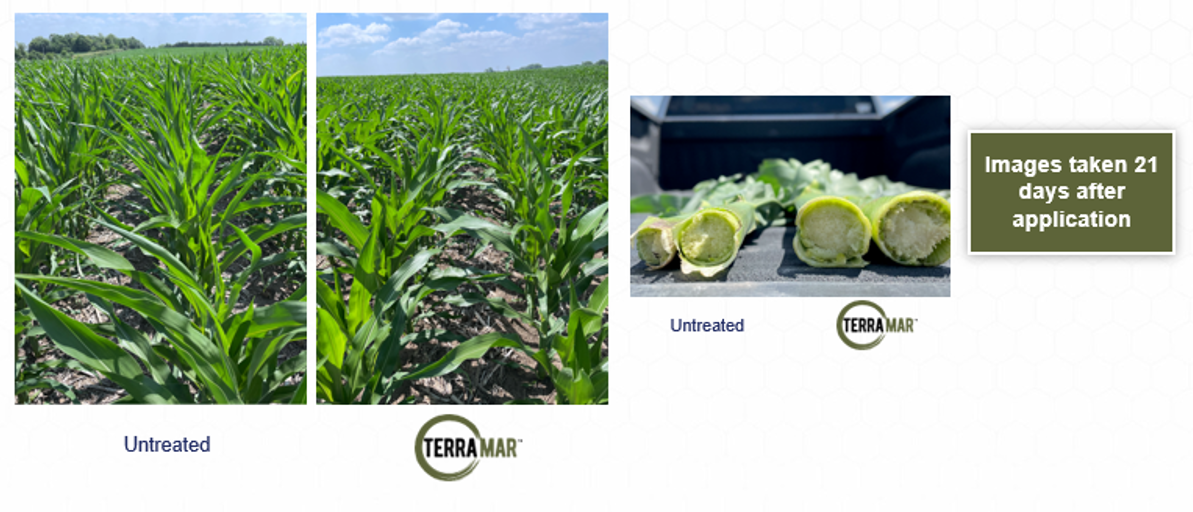
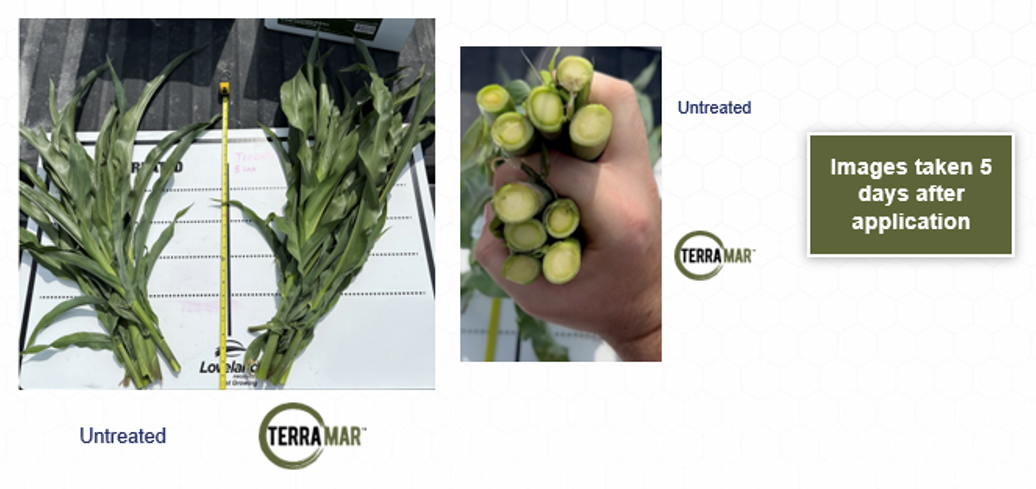
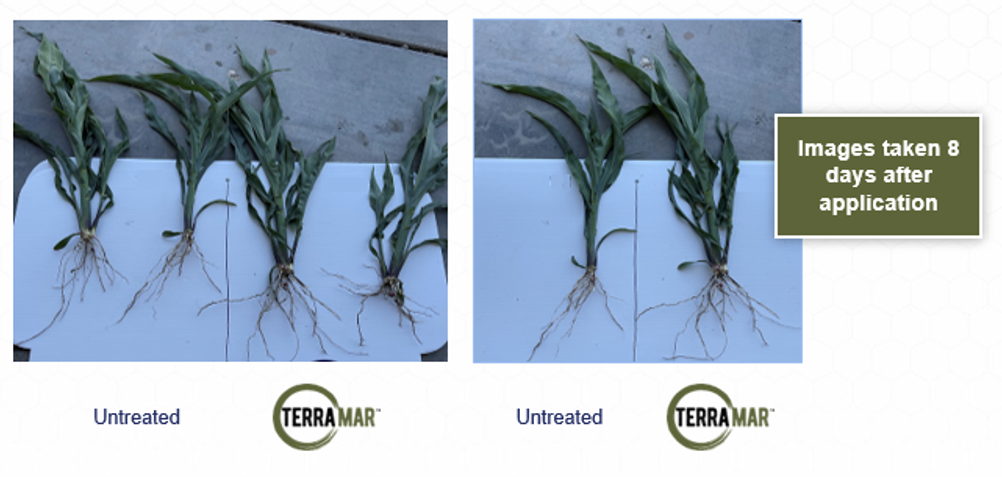
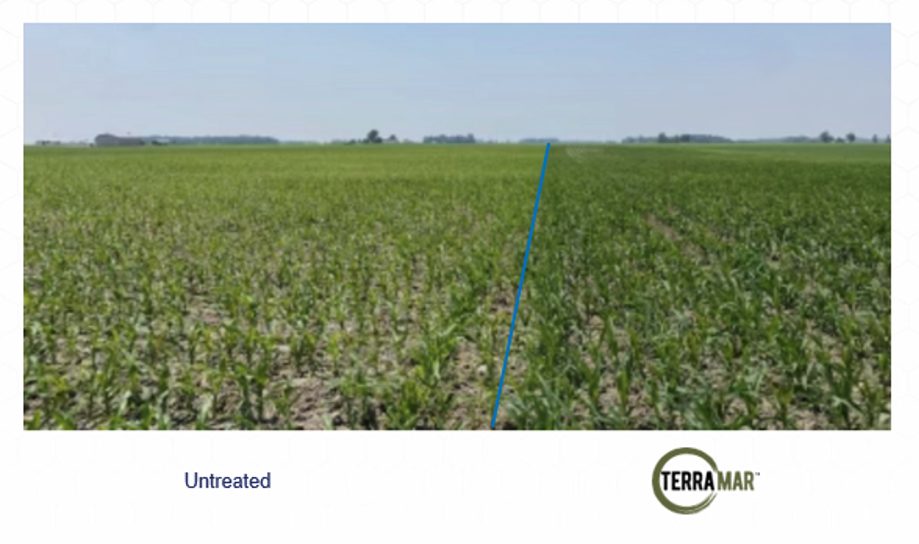
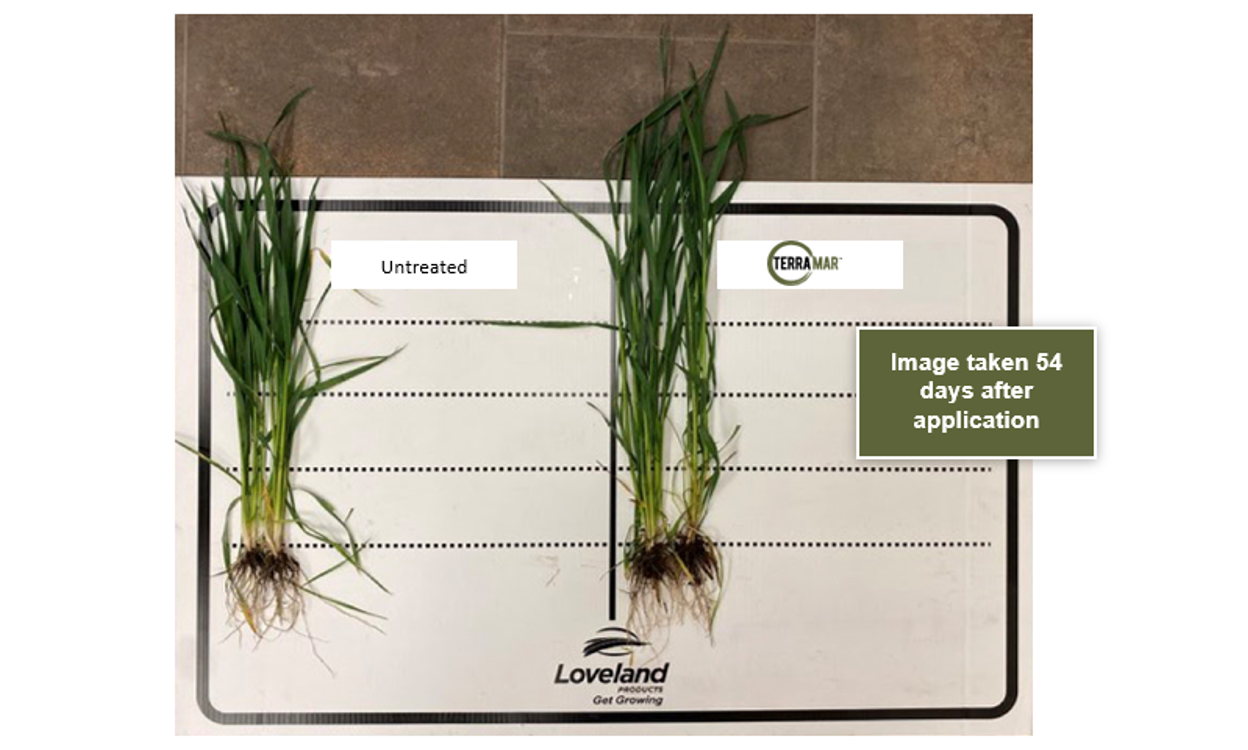

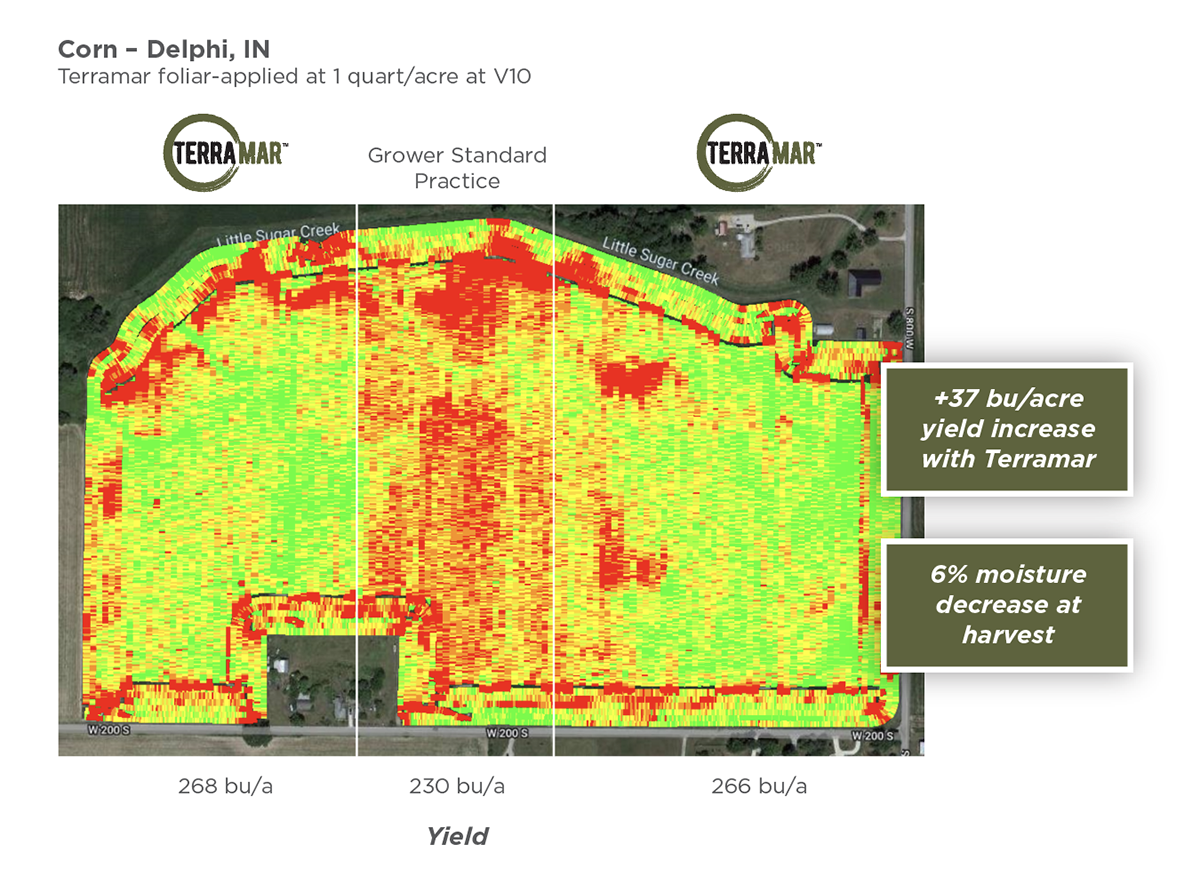
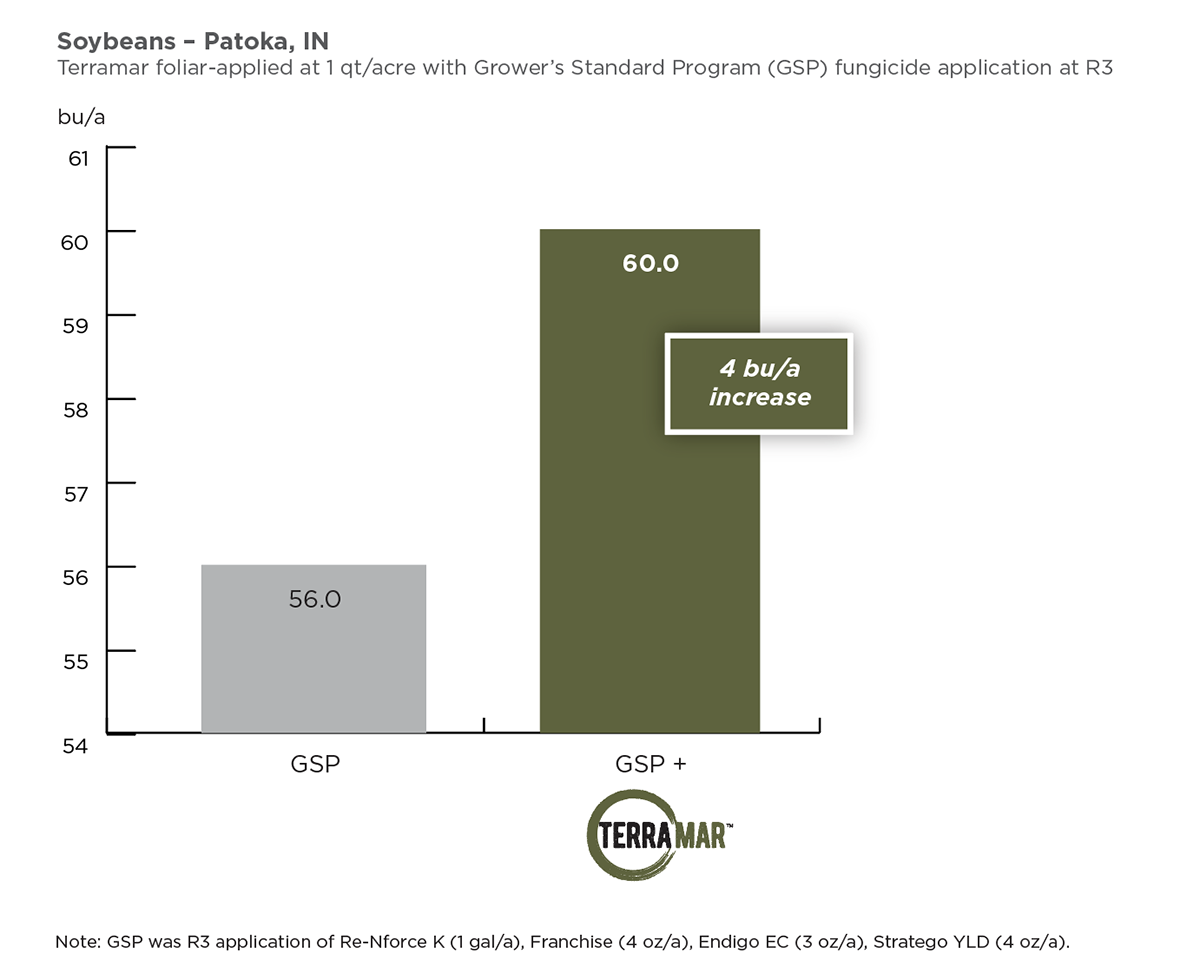
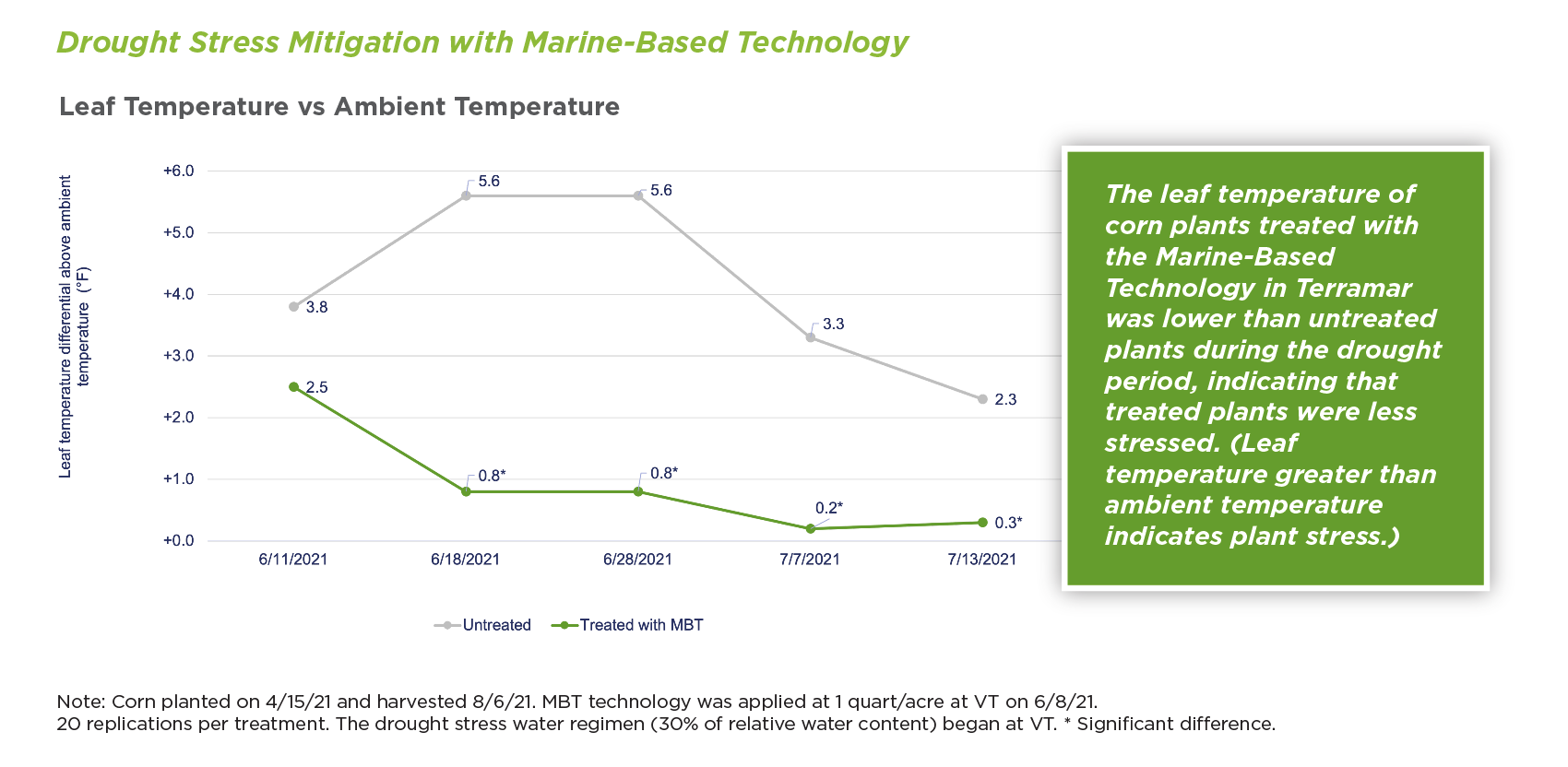
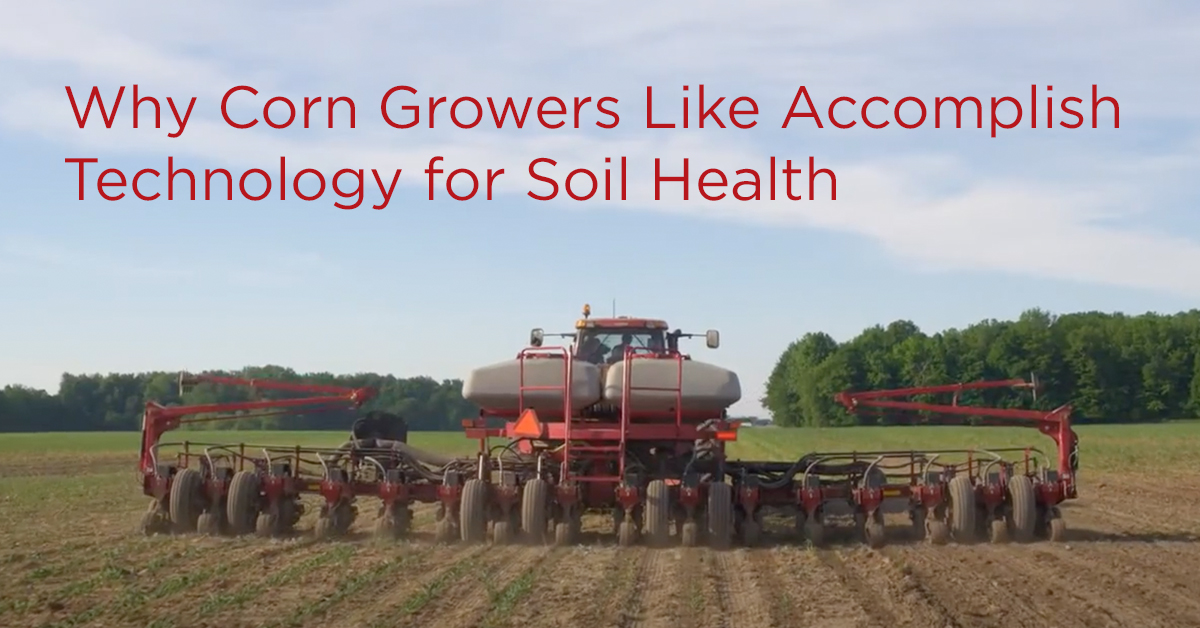



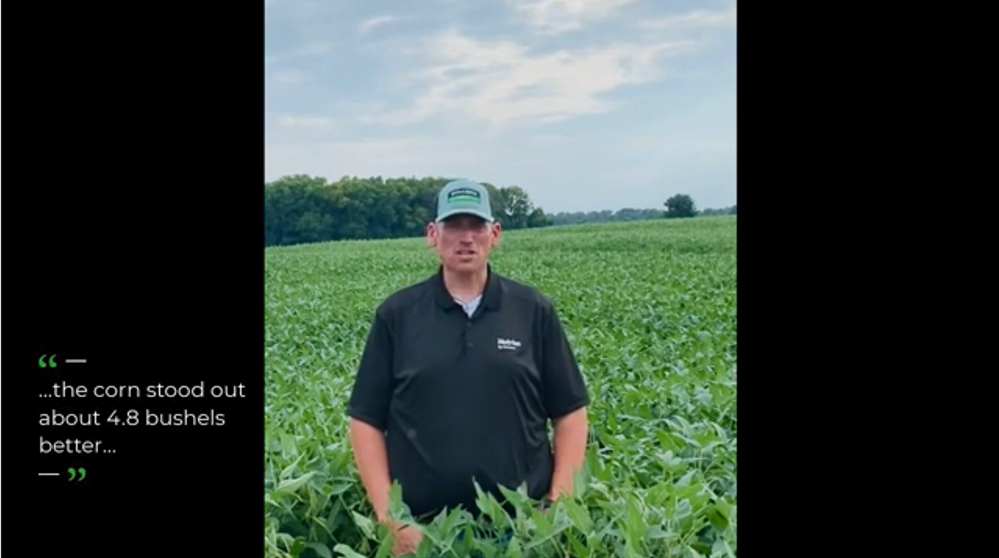
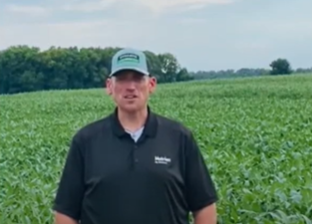 Evan Matlock, a farmer from Greenfield, Indiana, first started using
Evan Matlock, a farmer from Greenfield, Indiana, first started using 
